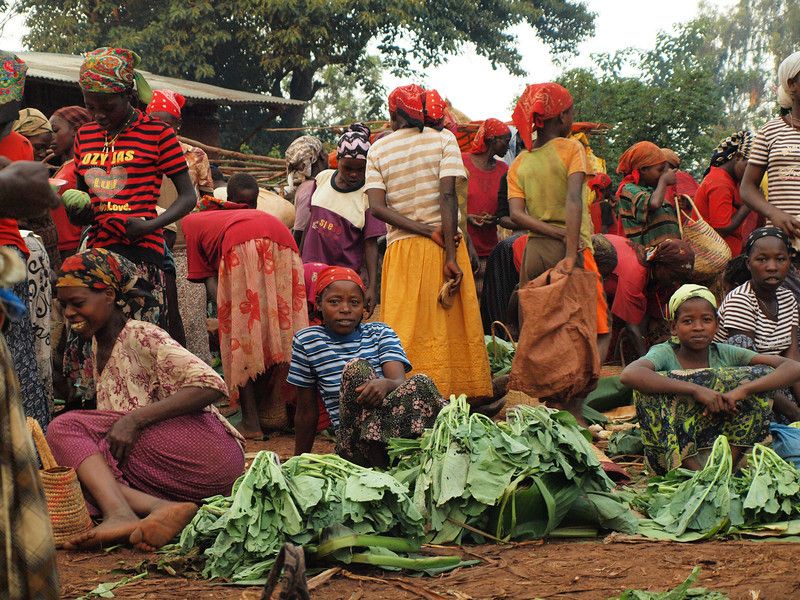Where Eyle tested in this study ? Where are they mentioned ?
It’s inconclusive unless you haven’t read your own study ?
The Boni were studied directly. The Eyle are iincluded here:
Page 6:
1.2: East African Linguistic diversity To discern ancient events that might have recently shaped the extant genetic pattern in East Africa, I focus primarily on archaeological, linguistic and paleoclimatic data from the last 20 ky, with particular emphasis on the Holocene era (in the last 10 ky). This is because: a) the limit of resolution of the time to most recent common ancestry (tMRCA) of all language families in Africa is ~20 kya [56, 57]; b) Late Stone Age (LSA) industries in East Africa that are associated with specific groups of hunter-gatherer populations, for example the “Wilton” (that is associated with East African Khoisan speakers) [48, 56] and the Eburran (that is associated with other East African Holocene hunter-gatherers) [57] are estimated to have begun approximately 17 kya and 13 kya, respectively [57]; and (c) major events that are due to change in subsistence pattern such as development and spread of pastoralism [58, 59] and agriculture [60-64] took place within the last 10 kya.
Note here that the Wilton follows Stillbay and Doian, both of which are present at Buur Heybe:
https://en.wikipedia.org/wiki/Buur_Heybe
https://anthrosource.onlinelibrary.wiley.com/doi/pdf/10.1525/aa.1955.57.6.02a00460
"The observed sequence begins with a Middle Stone Age Acheulio-Levalloisian culture, although the older collections suggest that an earlier, purely Acheulian, hand-ax industry is present in the Horn. A Lower Levalloisian developed from the AcheulioLevalloisian and in turn gave rise to an Upper Levalloisian. From the latter the Somaliland Stillbay probably arose, but Clark suggests that the presence of subtriangular unifaced and bifaced points, pressure flaking, and the absence of certain Levallois forms in Stillbay are cogent evidence for stimulus from some other part of Africa. The Acheulio-Levalloisian to Stillbay sequence occupied the period of the last (Gamblian) pluvial with Stillbay assigned to a dry phase at the very end of the period. In the postGamblian period the Stillbay tradition continued in the microlithic Magosian culture and ultimately into the barely prehistoric Doian; this development is characteristic of the eastern and southern Horn. In the north an intrusive blade and burin culture, the Hargeisan, appeared and together with a Levalloisian survival in the Ogaden gave rise to the Somaliland Wilton. All of these later cultures apparently were of hunting and gathering type, although pottery occurs in some deposits and rock paintings and engravings of late date and uncertain origin depict domesticated animals. To complete the picture, hunting and gathering groups exist at present in the less favored areas of the Horn."


